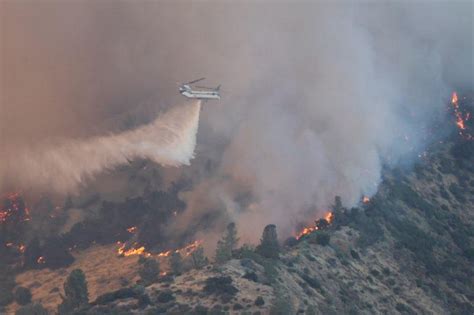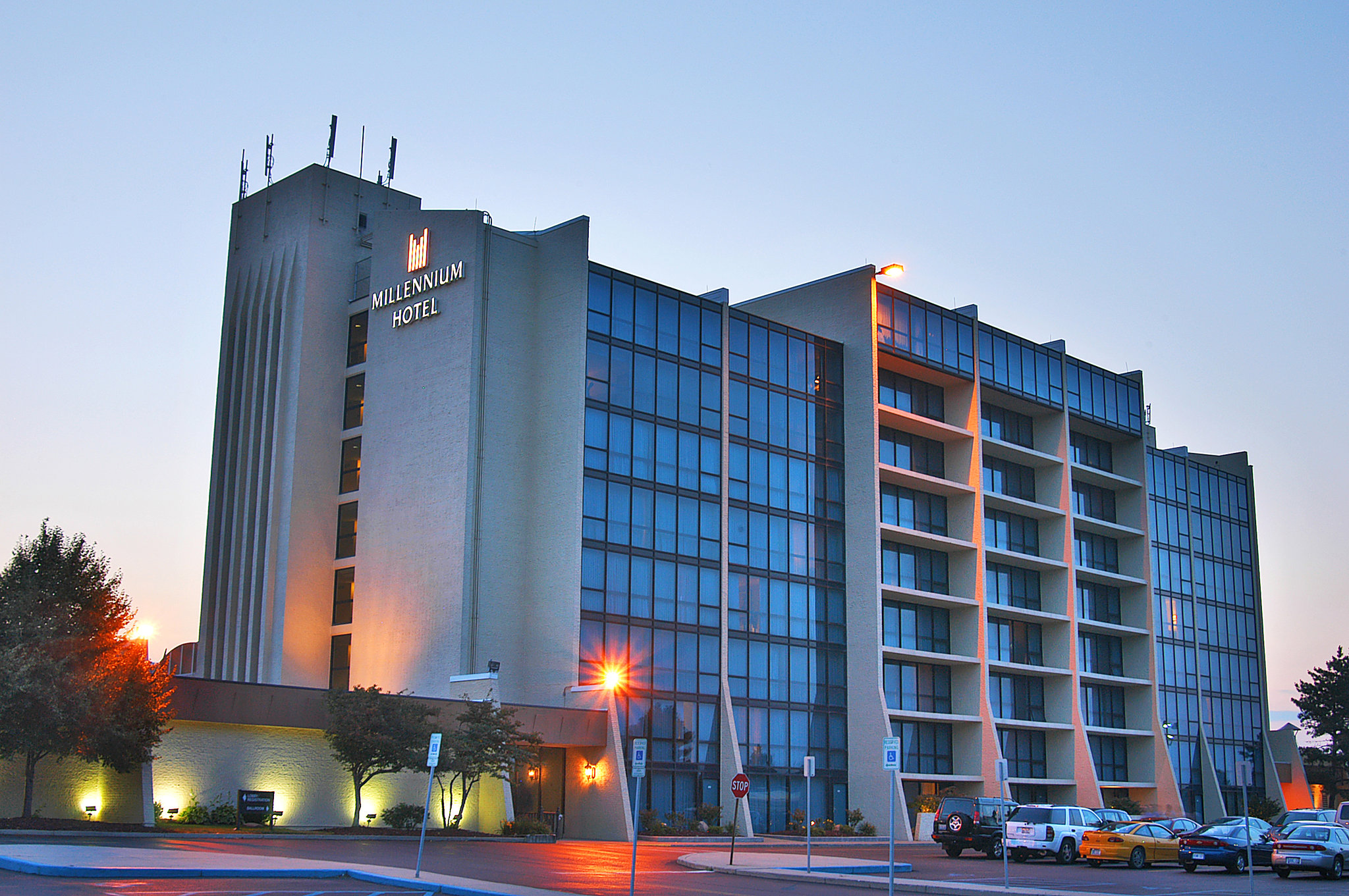As the summer months approach, the risk of wildfires increases, and it’s essential to take proactive measures to prevent and prepare for such disasters. The Zaca Lake Fire, a devastating wildfire that occurred in 2007, serves as a reminder of the importance of fire safety and evacuation planning. In this article, we’ll delve into the world of wildfire prevention and evacuation, providing you with expert tips and strategies to keep you and your loved ones safe.
Understanding Wildfire Risk Before we dive into prevention and evacuation tips, it’s crucial to understand the risk factors associated with wildfires. Wildfires can be caused by various factors, including human activity, lightning, and drought. The Zaca Lake Fire, for example, was sparked by human activity and fueled by strong winds and dry vegetation. To mitigate the risk of wildfires, it’s essential to be aware of the surrounding environment and take steps to prevent fires from starting in the first place.
Prevention Tips Preventing wildfires is a collective effort that requires the participation of individuals, communities, and organizations. Here are some expert-backed prevention tips to help reduce the risk of wildfires:
- Be mindful of fire restrictions: Check with local authorities for any fire restrictions or bans in place. This includes restrictions on camping, BBQs, and other activities that could potentially spark a wildfire.
- Maintain a defensible space: Keep a safe distance between your home and any flammable vegetation. Clear leaves, debris, and other combustible materials from your property to prevent fires from spreading.
- Use fire-resistant materials: When building or renovating your home, use fire-resistant materials such as stucco, brick, or metal roofing.
- Monitor weather conditions: Keep an eye on weather forecasts and be prepared for windy or dry conditions that could exacerbate a wildfire.
- Dispose of cigarettes and matches properly: Ensure that cigarettes and matches are fully extinguished before disposing of them.
Evacuation Tips While prevention is key, it’s also essential to have a plan in place in case of an emergency. Here are some expert-backed evacuation tips to help you and your loved ones stay safe:
- Create an evacuation plan: Develop a plan with your family that includes a safe meeting point, evacuation routes, and a communication strategy.
- Stay informed: Monitor local news and emergency alerts for updates on wildfires in your area.
- Be prepared to evacuate quickly: Keep a bag packed with essential items such as medication, water, and non-perishable food.
- Use evacuation routes: Familiarize yourself with evacuation routes and follow the instructions of local authorities.
- Stay safe during evacuation: Avoid driving through areas with heavy smoke or flames, and keep your windows closed to prevent smoke inhalation.
Case Study: The Zaca Lake Fire The Zaca Lake Fire, which occurred in 2007, is a prime example of the devastating impact of wildfires. The fire burned for several weeks, scorching over 240,000 acres of land and forcing the evacuation of thousands of people. In this section, we’ll examine the causes and consequences of the Zaca Lake Fire, and what we can learn from this tragic event.
Future Trends in Wildfire Prevention and Evacuation As we move forward, it’s essential to stay ahead of the curve when it comes to wildfire prevention and evacuation. Here are some emerging trends and technologies that are set to revolutionize the field:
- Advanced weather forecasting: Improved weather forecasting technologies will enable more accurate predictions of wildfire risk, allowing for proactive measures to be taken.
- AI-powered wildfire detection: Artificial intelligence-powered systems will be able to detect wildfires earlier, enabling faster response times and more effective containment.
- Community-based initiatives: Community-based initiatives will play a critical role in wildfire prevention and evacuation, with a focus on education, outreach, and collaboration.
What is the best way to stay informed about wildfires in my area?
+Staying informed about wildfires in your area is crucial. You can monitor local news and emergency alerts, follow your local fire department on social media, and sign up for emergency alert systems such as Nixle or AlertLA.
How can I create a defensible space around my home?
+Creating a defensible space around your home involves clearing leaves, debris, and other combustible materials from your property. You can also use fire-resistant materials such as stucco, brick, or metal roofing, and maintain a safe distance between your home and any flammable vegetation.
What should I include in my evacuation bag?
+Your evacuation bag should include essential items such as medication, water, non-perishable food, a first aid kit, and a battery-powered radio. You should also include important documents such as insurance policies, identification, and birth certificates.
In conclusion, wildfire prevention and evacuation require a proactive and collective effort. By understanding the risk factors associated with wildfires, taking steps to prevent them, and having a plan in place in case of an emergency, we can reduce the risk of devastating wildfires and keep our communities safe. Remember to stay informed, be prepared, and take action to prevent wildfires from starting in the first place.



